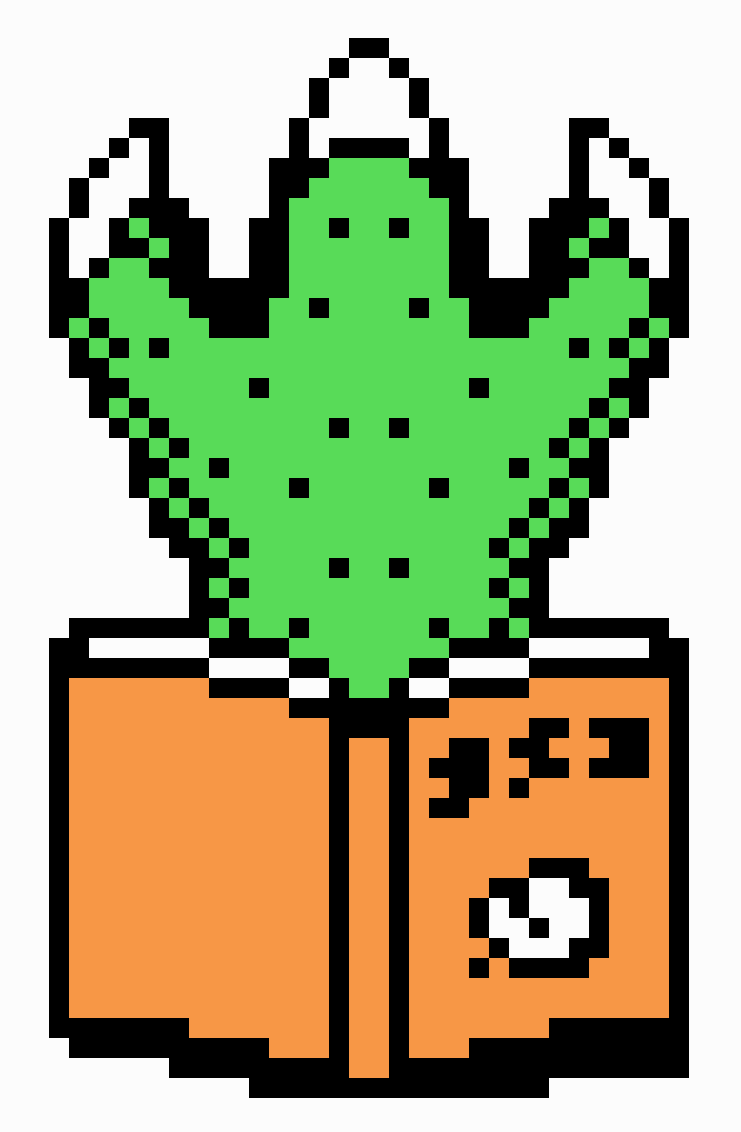The first world has three levels.
The desert world has three.
The ice world has three.
But the last world — the one on the clouds — only has two.
Granted they’re longer than most other levels, and harder too, but it should probably surprise most first-time players that it’s the second level that ends with a fight against the biggest of the big bads. There is no surprise third level.
“Hey, why is that?”
The answer, apparently, lies in the source material: Doki Doki Panic, the Japanese NES game that was remade into the American sequel we call Super Mario Bros. 2. In Doki Doki Panic, the four heroes are an Arabian family trying to rescue two children, Piki and Poki, who were sucked into a magical storybook. Also, there’s a pet monkey, but the monkey doesn’t get to do anything, which anyone can tell you is a lost opportunity on Nintendo’s part.
Watch the dramatic kidnapping (plus listen to a weirdly off-key version of a tune that should be familiar to anyone who beat Super Mario Bros. 2).
It doesn’t show it in the intro, but the storybook motif explains the missing final level, at least according to this page: In the scuffle, the final page of the book accidentally gets destroyed. Yep, the final level is missing because the ending of the book got removed. You, the player, has to go through the game and beat the big bad, essentially re-writing the lost ending.
Weird, right? And possibly a little meta? Especially when you look back on those stage intro screens I posted above and you realize that they retain that “page of a book” motif? They literally look like stacks of paper.
Previous times Super Mario Bros. 2 made me question things:
- “Hey, what’s with all the typos in Super Mario Bros. 2?”
- “Hey, what’s with all the masks in Super Mario Bros. 2?”
- “Hey, what’s with those fairies at the end of Super Mario Bros. 2?”
- “Hey, what’s with that random tomato in Super Mario Bros. 2?”
- “Hey, what’s with all of Birdo’s names, anyway?”
- “Hey, what’s with the fact that the Super Mario Bros. 2 promo art was basically just a traced-over version of the Doki Doki Panic promo art?”






No comments:
Post a Comment